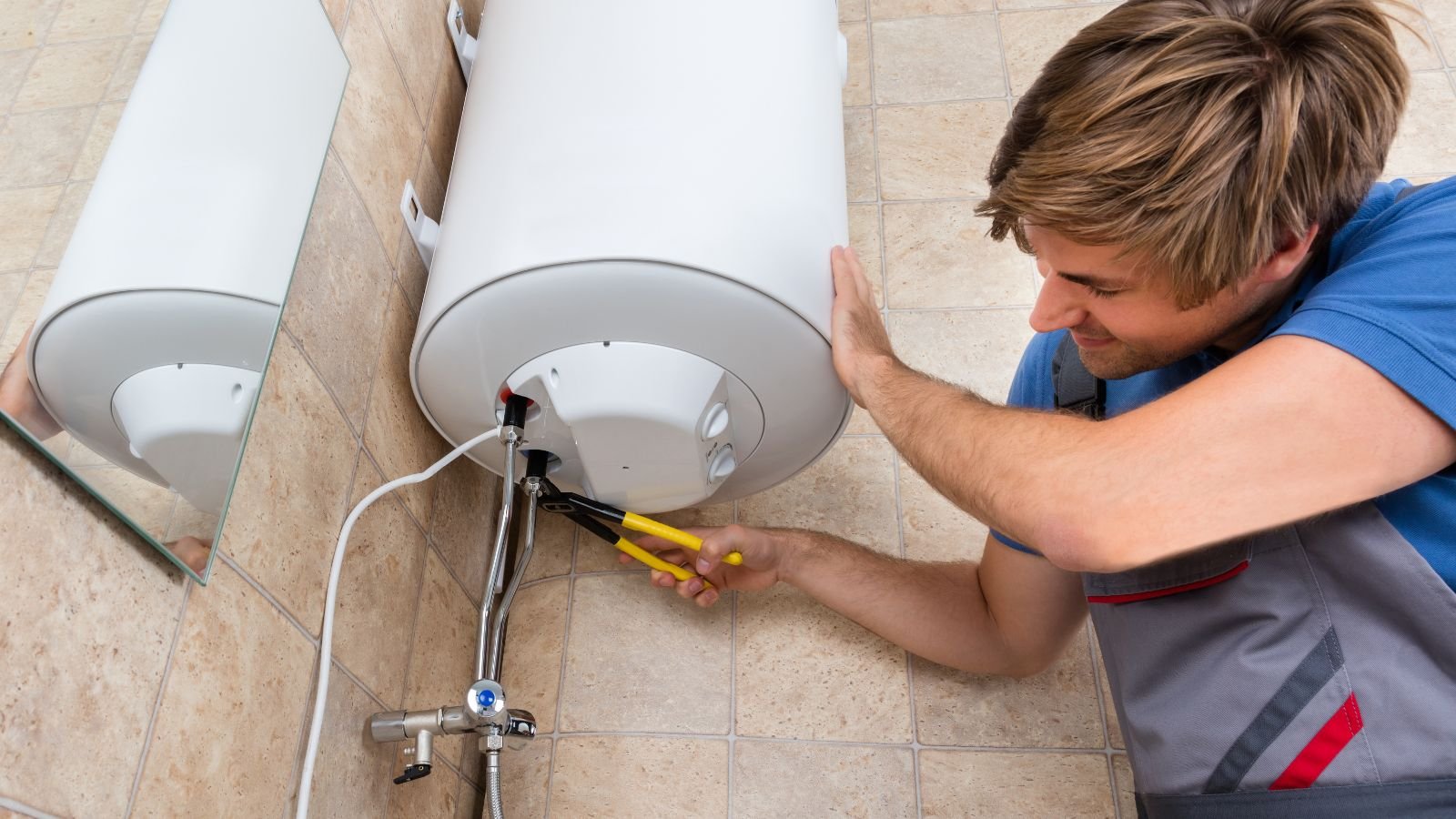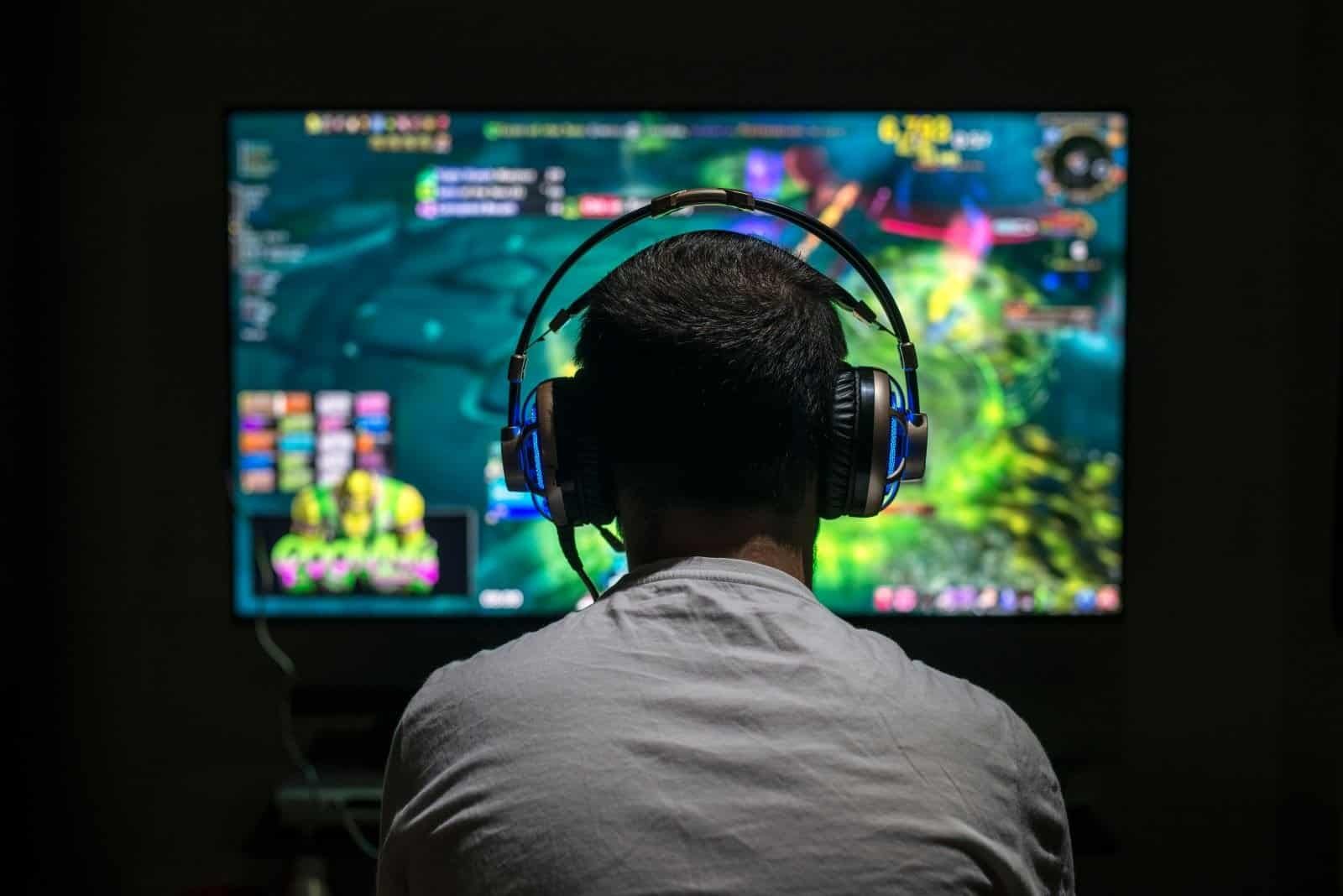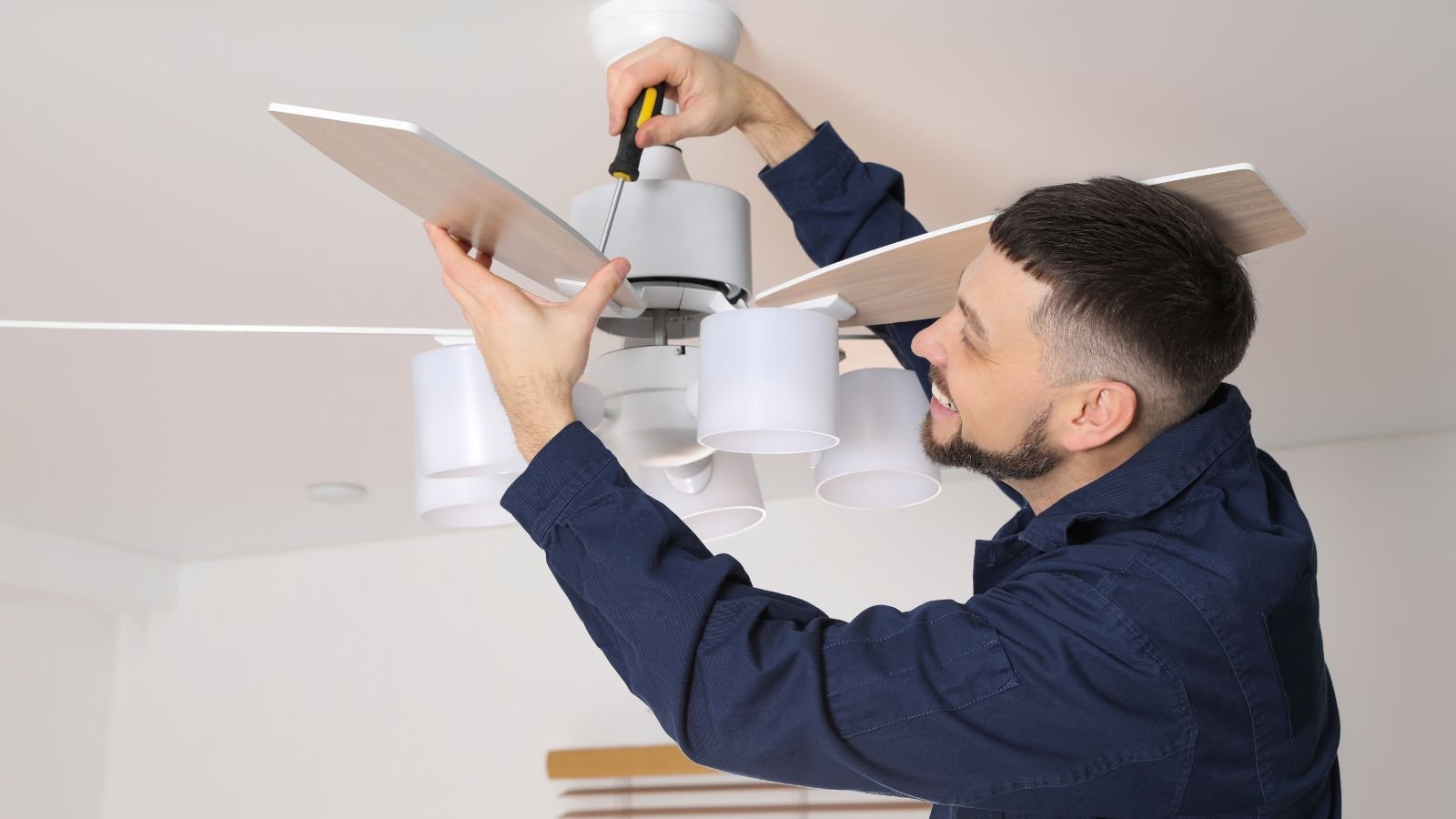According to the Bureau of Labor Statistics report, U.S. electricity prices rose 3.6% over the last 12 months. Thus, exceeding the broader inflation rate of 3.2%. During this economic distress, experts note the impact of certain devices on household electricity bills. The government established policies such as subsidies for fossil fuel production and incentives for energy consumption. These policies are generally passed through the Department of Energy.
We have listed down some devices to help you cut down the electricity bills.
Space Heaters

A space heater consumes the most energy in homes, accounting for 31.3% of total energy consumption. You can consider installing a central heating or a programmable thermostat as an alternative.
A space heater consumes an average electricity of 1500 W that can cost you $0.25 per hour.
Water heater

Although your water heater doesn’t run all day, it can still cost you a massive amount of bill. It is the second most energy consuming appliance using 13.6% of home’s energy. So, make sure to lower the heater temperature to save on energy consumption.
Water heater consumes an average electricity of 1125 W that can cost you $0.56 per hour
Old fashioned light bulbs

Incandescent bulbs consume comparatively more electricity than LED bulbs. Therefore consider swapping your old fashioned light bulbs with LED bulbs to save 75% less energy consumption. Additionally, it will also keep your space cooler as it emits very little heat.
Old fashioned light bulbs consumes an average electricity of 60 W that can cost you $7.44 per year
Electric clothes dryer

An electric clothes dryer consumes a lot of unnecessary electric energy. Consider wring your clothes before hanging them in a foldable rack or clothesline for a more energy-conscious solution.
An electric clothes dryer consumes an average electricity of 3000 W that can cost you $22.35 per year.
Aquarium

An aquarium heater is the one element that consumes electricity in an aquarium. However, there is no way you can detach or unplug the heater. So, you can insulate the tank by placing it in a well heated room to reduce heating costs.
Aquarium consumes an average electricity of 63 W that can cost you a bill of $94 per year
Desktop Computers

Plug your computer and other connected accessories into a power strip. You can turn the strip off at once when not in use. Also make sure to turn off your computer after finishing off. You can also put it to sleep mode after 30 mins of inactivity to ensure less power consumption.
Desktop computers consume an average electricity of 60-300 W that can cost you $89 or more per year.
Modem

Make sure to unplug your modem when not in use or before going to bed to prevent adding up on electricity bills.
Modem consumes an average electricity of 10 W that can cost you $15 per year
Video game system

Video game systems often stay connected to the network when not in use. They are usually in “instant on” mode. As a result , it consumes the most electricity. Make sure to turn off the “instant on” mode and unplug after every use to reduce electric consumption.
Video game systems consume an average electricity of 90 W that can cost $22 or more per year.
Television

Unplug any televisions that are rarely used to cut down on your electricity bills. You can also enable power saving features of your TV . They minimize the overall power consumption.
Television consumes an average electricity of 5-10 W that can cost you a bill ranging between $5 to $112 per year
Ceiling fans

Ceiling fans are one of the most regularly used home appliances. You cannot completely stop using them. However, you can take steps to make them more efficient and use less power. For example, you can turn on your ceiling fans in the evening. Do this with windows open to draw in cool air to cool down your rooms.
Ceiling fans consume an average electricity of 75 W that can cost you $37 per year.
Air conditioner

An air conditioner is a mostly used appliance in summer to cool down your indoor temperature. However, if it is not used thoughtfully, it can significantly inflate your electricity bill. Always make sure to shut off the system when it is not in use to prevent unnecessary power consumption.
Air conditioners consume an average electricity of 3000 – 3500 W that can cost you $0.51 kilowatt per hour.
Refrigerator

Irresponsible usage of the refrigerator leads to the consumption of a lot of energy. Keep the food covered to prevent moisture and decrease the compressor usage. As a result, decreasing your electricity bill without the need of turning off the fridge.
Refrigerators consume an average electricity of 28 – 77 W that can cost you a bill ranging between $0.04 to $0.12 per hour.
Dishwasher

Run your dishwasher only when it is full to limit power consumption from frequent usage.
Dishwashers consume an average electricity of 1800 W that can cost you $330.48 per year.
Microwave

A microwave oven uses a lot of energy to warm up an entire meal in minutes. However, just like any other home appliance, the microwave also uses some amount of energy when it’s not working. So, make sure to switch off your microwave after every use to prevent it from adding up to your electricity bills.
Microwave consumes an average electricity of 800-1000 W that can cost you a bill up to $0.14 per hour
Coffee Maker

Your coffee maker requires a lot of energy with every use, so it’s best to keep it unplugged when it isn’t. In case If you have an instant coffee maker, keep it plugged into a timer. This will cut its standby energy costs.
Coffee Maker consumes an average electricity of 1300 W per hour that can cost you up to $0.22 per hour.
